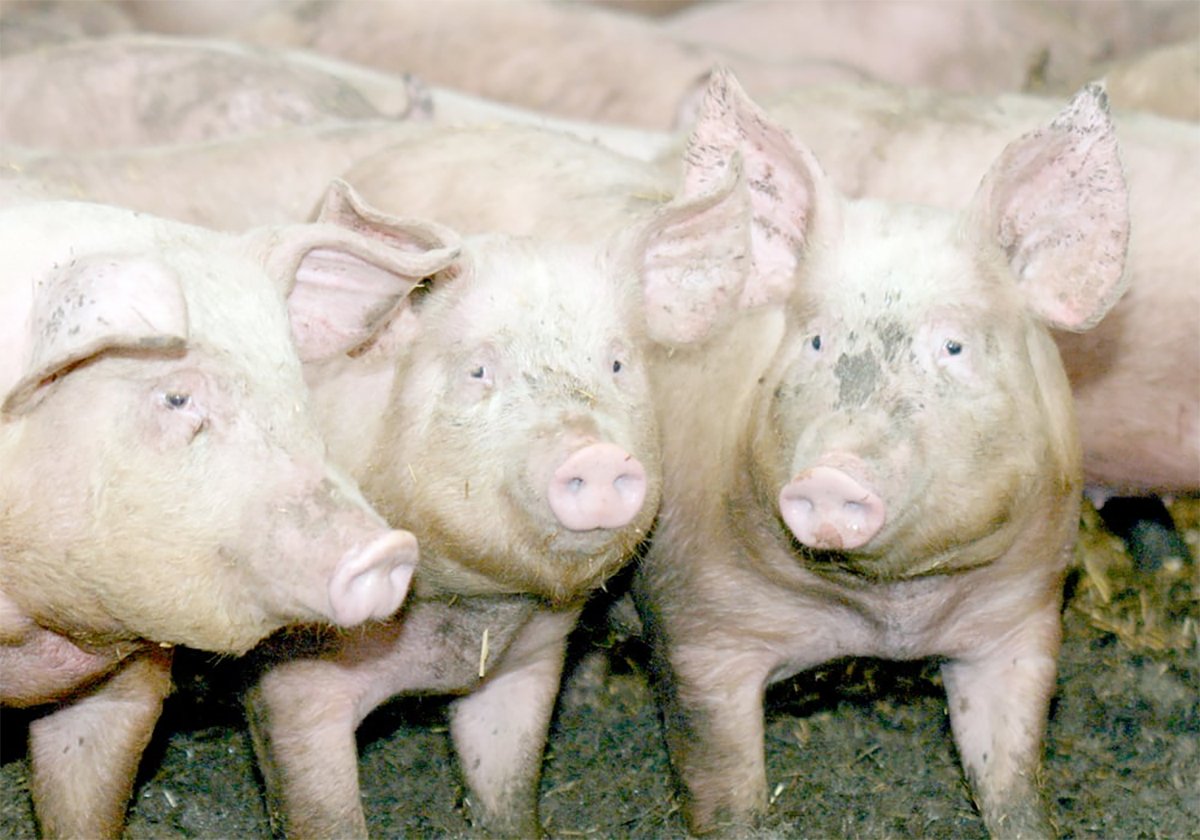DENVER, Colo. – For many cattle producers, bluetongue has more to do
with politics than animal health.
“To continue to have to deal with this barrier six months out of the
year is creating a great deal of frustration,” Jim Peterson of Montana
said during the recent National Cattlemen’s Beef Association meeting in
Denver.
“We have to get this thing resolved. It is not leading to a positive
relationship between our two countries.”
Bluetongue is a viral disease caused by a biting midge found in the
Read Also

The Western Producer Livestock Report – November 13, 2025
Western Producer Livestock Report for November 13, 2025. See U.S. & Canadian hog prices, Canadian bison & lamb market data and sales insights.
southern United States. It has blocked American cattle from entering
Canada freely.
A three-year study in Alberta and Montana hopes to measure the
prevalence of bluetongue and anaplamosis in Montana in summer.
The midge’s distribution is also under investigation, although many
believe it cannot survive northern climates.
Also called no-see-ums or sand flies, they are part of an insect family
known as culicoides and are difficult to monitor because the infectious
insects are hard to differentiate from the benign group.
“We know we have this bug around, but we don’t know if it can transmit
the virus,” said Canadian veterinarian Joyce Van Donkersgoed, part of
the team examining Montana cattle shipped to Alberta feedlots.
More than 5,600 animals were tested and blood samples were drawn and
returned to an independent Montana laboratory for analysis. The
three-year investigation will test more than 15,000 head.
While animals can carry anaplasmosis for life, they rid themselves of
the bluetongue virus within 100 days.
“Cattle can carry the virus but you wouldn’t see it,” Van Donkersgoed
said.
The tests showed about one third of one percent had antibodies against
bluetongue. Researchers suspect that small percentage were false
positive, so they plan to double check.
It is suspected they came in contact with cattle from other states.
Montana insists that because it has not had a case for 30 years, cattle
exports from there are not likely to carry the disease to Canada.
The Canadian Food Inspection Agency wants surveillance information.
Borders will not open without it.
Frustrated by the lack of progress, cattle producers suggested that
scientists from both countries meet to resolve the longstanding
conflict.















